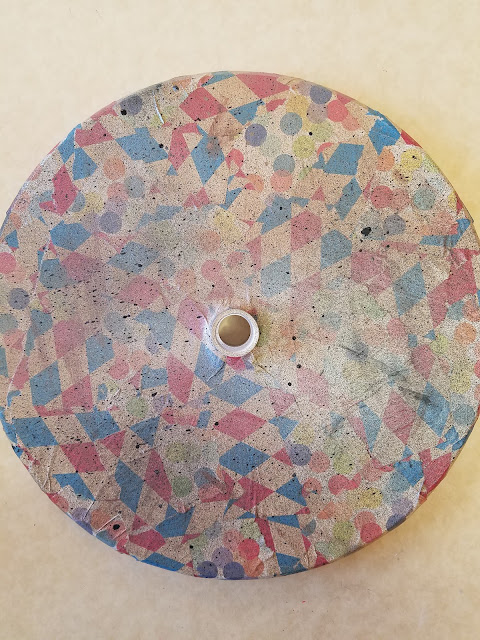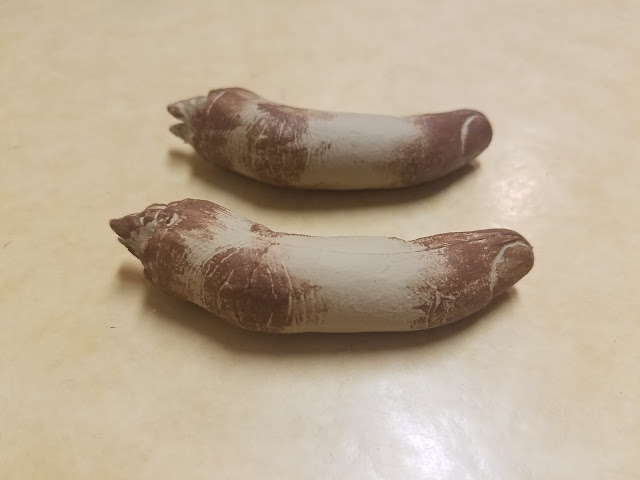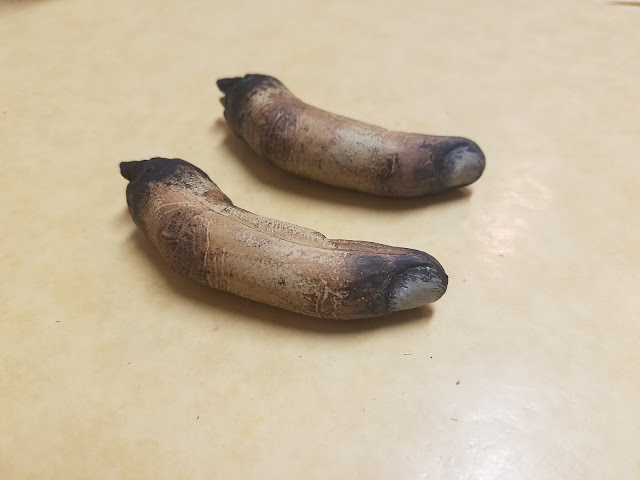Opened in 1839, Highgate Cemetery, positioned on twenty acres near London’s Waterlow Park, instantly became the most sought-after burial location for trendy Victorians, including novelist George Eliot and philosopher Herbert Spencer, and a showcase for a heated competition among the London elite to create the most elaborate gravestones, with classical pianist William Henry Thornton’s life-size grand piano being among the most extravagant; however, after the close of World War II, the cemetery fell out of favor and, by the 1960s, its nearly 53,000 derelict graves were left to weather away unattended.[1] Between the 1960s and the 1980s, the deserted cemetery became the fodder for ghostly rumors as a flood of letters poured into the Hampstead and Highgate Express relating sinister experiences on and around the dilapidated grounds, from apparitions glaring at passersby from the rusted gates to attacks by demonic forces.[2] The tales drew droves of curious camera crews, journalists, and occultists to the area and sparked a revived interest in the once-famed cemetery, prompting the creation of the Friends of Highgate Cemetery preservation society in 1975 and their efforts to restore the graveyard to its previous glory.[3]
Works Referenced
Jones, Richard. Haunted Britain and Ireland. New York: Barnes and Noble, 2002.
____________________
[1] Jones, 46.
[2] Jones, 46-48.
[3] Jones, 48.







































